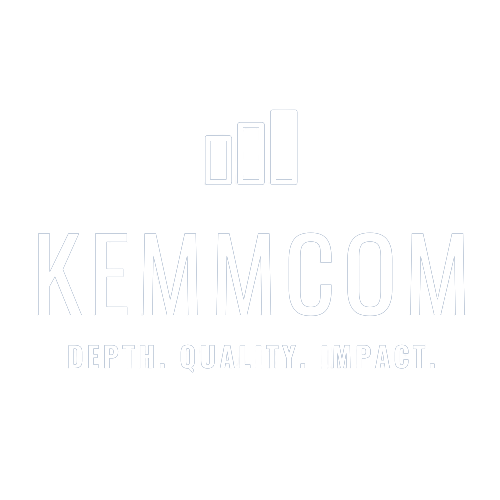A strong proposal is written in a clear, succinct, and interesting way. It is essential for success because it could aid in getting your ideas authorised. It is also critical to explicitly lay out expectations and demonstrate company’s suitability for the task when chasing new clients.
At the outset of a client relationship, a well-written proposal can establish your company’s competence. It clarifies a number of important aspects, and improve your company’s chances of being selected for a project.
Below is our short guide to preparing a proposal.
Preparation
- Research your client: Try to learn more about your client before crafting a proposal. This can assist you in crafting a proposal that is effective and specific to the client. This procedure could involve examining the client’s evaluation standards, the budget the client has set aside for the project, the client’s priorities, and other factors that could be helpful to you in the preparation phase. Before writing, be certain that you fully comprehend the client’s objectives. If there are any questions and you want to learn more, you can email the client or arrange a meeting.
- Plan how you can deliver the project: Visualise how you can deliver the project, what resources you may need, and the timeline before putting it on paper.
- Consider your value adds: In order to make sure that your company is able to set itself apart from the competition, consider the value add you can provide when delivering this project, that can set you apart from other competitors. This will make your proposal distinctive from those of your competitors.
Writing
- Prepare an outline: When writing, please ask your client if there is any outline they have for the proposal and important fields they want you to include. Make sure to include all necessary fields for your proposal to be complete.
- Start writing: Continue to fill in the outline you have prepared with the necessary fields. Get inputs from other team members if you need it.
- Proofread the proposal- It is very important to proofread your proposal to make sure there aren’t any typos or errors in the proposal. If you can, it would also be better to have it read by someone else just to check everything is in place.
Submission and post submission
Following submission, if the client accepts your proposal, wonderful! However, if they didn’t, your job isn’t finished there. It is always a good idea to get client feedback and document it as a lesson learned. Even though it didn’t work out this time, it will still be helpful to you when you prepare proposals in the future.
Need support in training your staff on how to craft winning proposals? Have an upcoming project that requires a complex proposal to be crafted? Please contact our business development team at bids@kemmcom.net


